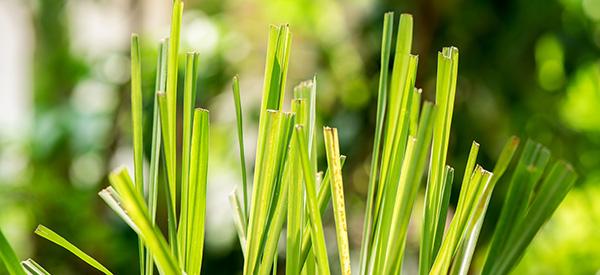
Lemongrass
Lemongrass (Cymbopogon citratus), or fever grass, is an aromatic and tropical island plant of the Poaceae family. It is also alternatively known as Malabar grass, Cochin grass, or barbed-wire grass. It is hard not to miss the citrusy and lemony tang of lemongrass in Asian cuisines like in soups and stews. The absence of this plant devalues the food as it loses its distinct flavor and body. Lemongrass is popularly presented as a knot or bundle, but may also be available in chopped form. In some unique and custom weddings, the thin-bladed lemongrass leaf is added to bouquets to make it more visually attractive.
Although lemongrass is abundant in the tropical regions of Asia, its history is traced back to the USA and Egypt. They are often used in the performance of religious rites or used as perfume and spice. In Asia, lemongrass was already popular among the locals especially in Java and the Philippines even before European colonialism. It is called tanglat or tanglad in Filipino and Visayan dialect, a name it is known in the country until now. Lemongrass was cultivated as an aromatic ingredient to food and was also distilled as perfume. The Chinese use the plant to treat fever, hence the name fever grass.
Where The Plant Is Found
Lemongrass is abundant in tropical countries like India, Cambodia, Sri Lanka, the Philippines, China, Malaysia, and Indonesia. Some species are also found in the subtropical regions of Australia and Africa. Among these countries, India ranks as the highest producer of lemongrass, where it is cultivated in the Western Ghats and Himalayan mountains.
The plant prefers warm and humid conditions and the benefit of the full sun to thrive. But they may also grow in cooler climates when planted after the last frost. North America has few species of lemongrass available, but citronella grass is most common.
How To Identify Lemongrass
Although they are used interchangeably, the lemongrass and citronella (Cymbopogon nardus) are different plants. They are cousins that belong in the same genus; thus, they are often mistaken as the same. Citronella is cultivated for its oil and used as an ingredient in mosquito repellent and soaps. Lemongrass, on the other hand, is consumed as an herbal tea or also extracted for its oil and used as an edible food ingredient.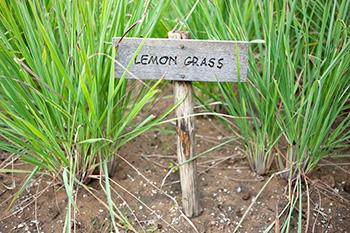
Leaf. Lemongrass leaves have a grayish to yellow-greenish hue growing directly from their stalk. It is long, narrow, coarse, and strap-like with finely serrated edges that are rough enough to cut into the skin. Lemongrass leaves appear in a compound of three or more leaflets in a stalk that droops toward the ground.
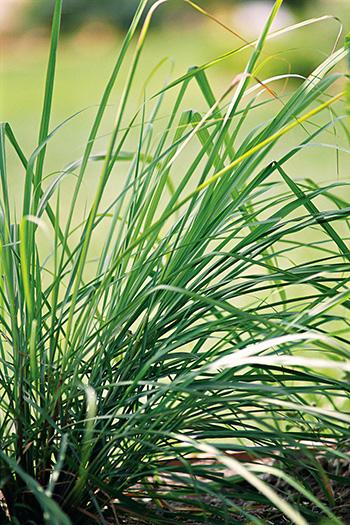
Flower. In northern latitudes, lemongrass species do not arrive at a point of bearing flowers as it becomes dormant in cold seasons. But in the tropics, the plant grows in a cluster of small and dense yellow or white creamy flowers. These flowers are packed densely into a terminal spike.
Roots. The lemongrass has a densely tufted fibrous root system that grows at least an inch on the ground. It is rhizomatous with a bulbous shoot base where the plants grow in clumps.
Seeds. Mature lemongrass will produce brown and husky elongated seeds that resemble tiny and sparse wheat.
Stems. Lemongrass stalks are woody with a bulbous white to light-green base that grows about 4 to 6 inches long. The fibrous stem is wrapped with a tough outer layer of leaves. The inner and softer portion of the stem is the aromatic part used for cooking.
Related: Plant Identification Guide – 400 Wild Plants That You Can Forage For (Video)
Lemongrass has about 55 species, but only two of them are the most popular. The East Indian lemongrass (Cymbopogon flexuosus) or Malabar grass is native to Cambodia, India, Thailand, and other Eastern Asia countries. Cymbopogon citratus, or West Indian lemongrass, is found in maritime Southeast Asia and is the lemongrass variety widely used for cooking.
How To Grow Lemongrass
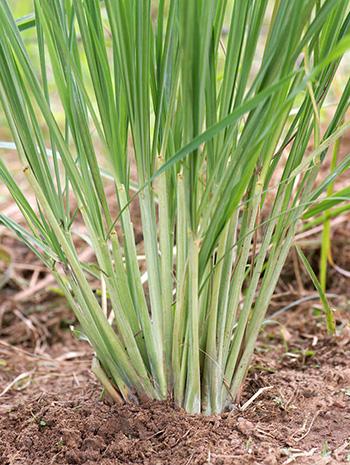 Lemongrass is generally propagated through stem cuttings or root division. Some seed supply stores may also sell seeds that are ideal for growing lemongrass in large plantations. But if you have an existing plant, the easiest way is to regrow it through its roots or bulbs.
Lemongrass is generally propagated through stem cuttings or root division. Some seed supply stores may also sell seeds that are ideal for growing lemongrass in large plantations. But if you have an existing plant, the easiest way is to regrow it through its roots or bulbs.
The plant will flourish well in warm, sunny, and humid conditions. They also prefer a well-draining, rich loam soil with a pH level between 5.0 to 8.4. Frequent watering is necessary to keep the soil moist but not waterlogged.
If you live in Zone 10 and above, you can grow it outside your garden the whole year-round. However, if you live in cooler regions, it is ideal to plant lemongrass in pots and put it indoors. They are not resilient to frost and cannot survive the frigid temperature.
Related: 10 Plants That You Should Never Plant Together (Video)
Growing Lemongrass from Seeds
When growing lemongrass from seeds, prepare a sterile potting mix and moisten the surface. Sprinkle the seeds into the soil and cover it lightly with soil just enough for them to get some sunlight. Keep the soil moist until the seeds germinate at about two to three weeks. Transplant the seedlings once it has grown into a few inches tall.
Lemongrass grows and spreads through their underground rhizomes. So, transplant them in a pot about one foot wide and one foot deep to accommodate their growth.
Related: I Stopped Spending Money At The Pharmacy By Growing These 10 Plants (Video)
Growing Lemongrass from Cuttings
To propagate your lemongrass, choose a mature plant to get your cutting. Using a knife, cut the stalk cleanly about an inch above the ground. The stalk that you leave will still regrow a new stem. Meanwhile, cut off the upper portion of the stalk, leaving the bottom at least three to four inches.
Place the cutting in a glass of water, submerging the bottom portion of the stem. Change the water daily until the roots begin to emerge. After two to three weeks, you can transfer the plant to a well-aerated and nutrient-dense pot.
Growing Lemongrass from Division
Lemongrass is a clumping plant that develops multiple stalks on its base allowing the plant to flourish. Dividing the rhizome will enable you to grow a new and healthy plant aside from the existing patch. To do this, simply pull out a few stalks off the ground keeping the root intact.
You may also dig up the whole plant and divide the stalk, with each stalk having its roots on it.
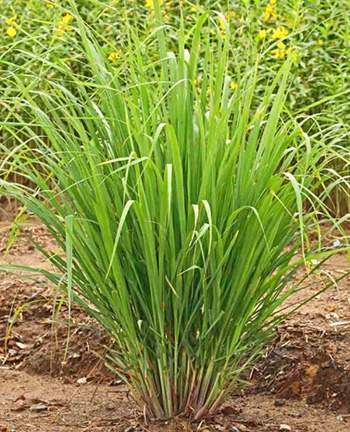 Plant the division in a pot or at least 1 to 2 feet apart in the open field. If growing it in a pot, put it in a warm area where it can soak up some sun. Once established, the plants hardly require maintenance and will flourish on their own.
Plant the division in a pot or at least 1 to 2 feet apart in the open field. If growing it in a pot, put it in a warm area where it can soak up some sun. Once established, the plants hardly require maintenance and will flourish on their own.
When growing lemongrass from any method, remember this list of plant care and maintenance as lemongrass grow:
- Keep the soil moist and water it to an inch when the plant is dry.
- Give lemongrass plenty of room to spread.
- Fertilize with nitrogen during the growing season.
- Keep the soil aerated by pulling out weeds and cultivating the soil around the plant.
How To Harvest Lemongrass
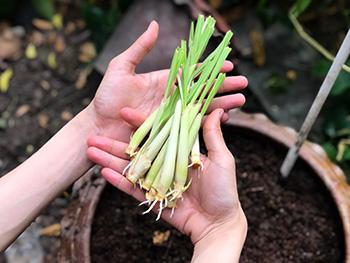 Lemongrass can be harvested anytime you need it as soon as the clump already has many leaves. This will usually take about three months after planting. Cut the stalk at ground level using a sharp knife, scissors, or twisting it with your bare hand. Frequent trimming of the plant is necessary to encourage more growth.
Lemongrass can be harvested anytime you need it as soon as the clump already has many leaves. This will usually take about three months after planting. Cut the stalk at ground level using a sharp knife, scissors, or twisting it with your bare hand. Frequent trimming of the plant is necessary to encourage more growth.
And because the lemongrass plant cannot survive the frost, you may want to preserve its leaves for a year-round supply. You can store fresh lemongrass by chopping its stalk and putting it in an airtight container into the freezer. Frozen lemongrass stalk will retain its potency for up to a year.
What Lemongrass Is Good for and Natural Remedies Made from It
Lemongrass is not only a staple plant in the kitchen. It is also an effective cure. Therefore, it is used as a home remedy. Its antiseptic property makes it a potent wound wash for combating skin infections. It is also a natural insect repellent like its cousin Citronella, which can help ward off insect-borne diseases and cure insect stings or bites.
Related: Similar to Morphine: The Best Natural Painkiller that Grows in Your Backyard (Video)
Lemongrass is also antibacterial and antimicrobial. Aside from wound wash, it is also used in treating body odor that one can contract through excessive sweating.
Among its many medicinal uses, lemongrass is most effective in the treatment of gastrointestinal disorders. It can improve digestion and stimulate bowel movement while destroying the bad bacteria and microorganisms in the gut including E. coli.
The antihyperlipidemic and anticholesterolemic properties of the plant are useful in the management of cholesterol. It can reduce LDL and keep the body’s cholesterol level under control while maintaining proper blood flow. It may even get rid of unwanted fat for the cure and management of obesity.
Lemongrass is also a diuretic that helps reduce uric acid and helps against water retention. In the form of essential oil, it is applied topically or used as aromatherapy for treating migraine and other body pains. Inhaling the vapor either of its oil or fresh leaves promotes healing from fever and common colds.
Among other diseases, lemongrass is used for the treatment of the following: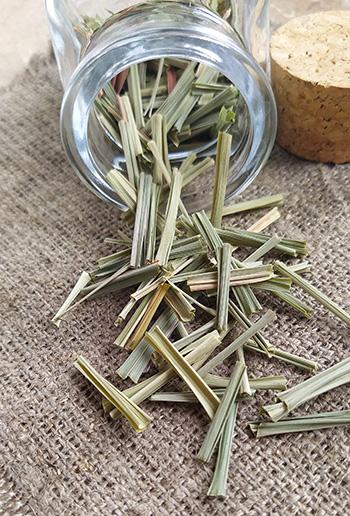
- High cholesterol
- Digestive disorders (flatulence, indigestion, stomachache, IBS)
- High blood pressure
- Convulsions
- Respiratory disorders
- Rheumatism
- Edema
- Fever, common cold, and headache
- Stress and insomnia
- Menstrual disorders
- Yeast infection or oral thrush
- Hair fall
- Athlete’s foot, ringworm, eczema
- Acne and other skin problems
- Urinary tract infection
What Parts of Lemongrass Is Used for Remedies?
The stalk and the leaves of the lemongrass are mostly used as home remedies for treating ailments. It is crushed or boiled and taken as a tea or used as a wound wash. The oil extract of lemongrass is applied directly to the affected body parts that need healing. Essential lemongrass oil is inhaled or used as aromatherapy for treating pain and stress.
Aside from herbal teas, lemongrass can be consumed in the form of cocktails and refreshing beverages. The fresh stalk and buds contain nutrients like potassium and alkaloids that help in the stimulation of body metabolism.
Refreshing Lemongrass Tea
Ingredients
- 1 cup of water
- 1-2 teaspoon fresh or dried lemongrass stalk and leaves
- Honey, to taste
- Lemon, for garnish (optional)
Steps
- Bring 1 cup of water to a boil.

- Put the lemongrass leaves (amount depends on how strong you want the tea to be) in a tea strainer or empty teabag and put it in a cup.

- Pour the boiling water over the teacup and allow it to steep for about 8 minutes.

- Remove the lemongrass, sweeten and garnish as desired.

How To Use as Remedy
You can drink the tea while it is warm. But you may also allow the tea to cool and put it in the fridge for a refreshing lemongrass drink. Tea is safe when consumed in a small amount and only for a short period.
What Plants Resemble Lemongrass
| Feature | Lemongrass (Cymbopogon citratus) | Citronella (Cymbopogon nardus) | Cogon Grass (Imperata cylindrica) |
|---|---|---|---|
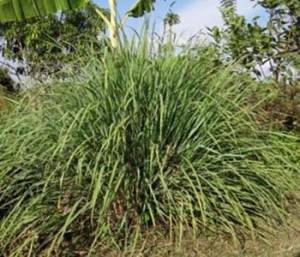 | 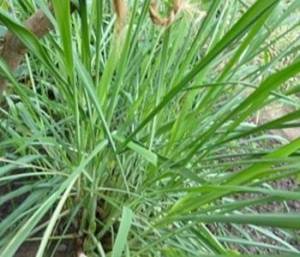 | 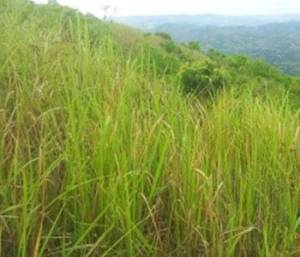 | |
| Size | 2 to 4 ft | 5 to 6 ft | 2 to 10 ft |
| Leaves | Long, narrow, blade-like, rough; light green | Long, narrow, straplike; dark green | Long, narrow, and sharp; light green |
| Flowers | Small and dense; creamy; yellow or white | Small, cream-colored flowers | Tall spikelet; light and fluffy dandelion-like flowers |
| Stem/Trunk | Woody with bulbous stalk; green base | Woody, bulbous stalk; magenta or red base | Woody; hairy; green overlapping sheath base |
| Scent | Fresh, lemony and earthy-scent | Grassy floral smell | No scent |
Warnings And Cautions
Lemongrass is a plant used to treat menstrual disorders and encourage menstrual flow. Thus, it is not advisable to be taken by pregnant women in a concentrated amount than what is found in food. The essential oil of lemongrass is not to be used on children. It may irritate and should be used with a carrier oil before application. You should also use lemongrass oil in a small amount for a limited time only.
The safety of lemongrass oil is not yet established in breastfeeding mothers, so avoid using it to be on the safe side.
The range of dosage and length of use of lemongrass is best determined by a medical professional. It is dependent on age, present health condition, and other conditions. Thus, it is best to talk to a physician before starting any herbal medication for safety.
You may also like:
 How To Make A Herbal Poultice For Joint Pain
How To Make A Herbal Poultice For Joint Pain








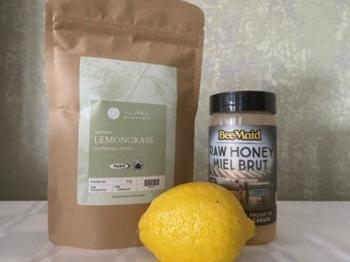
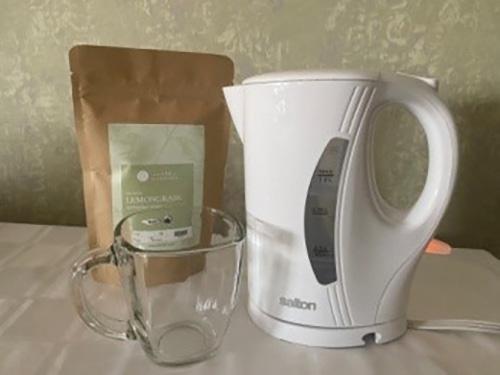
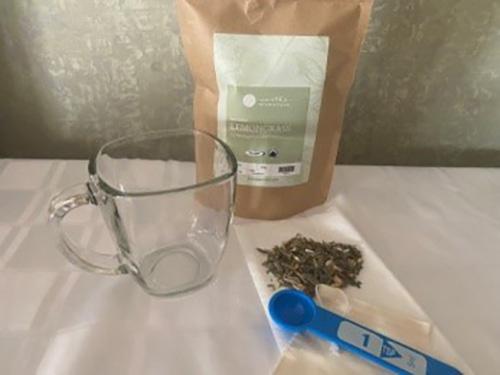

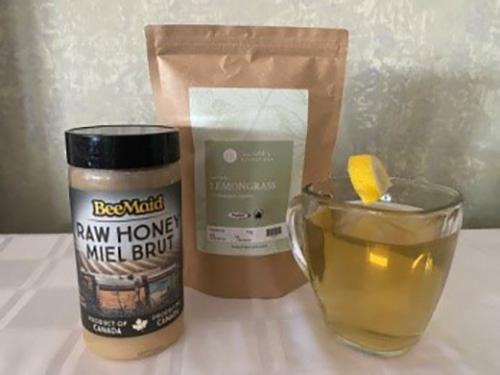

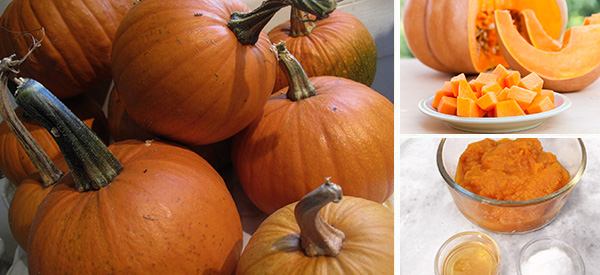
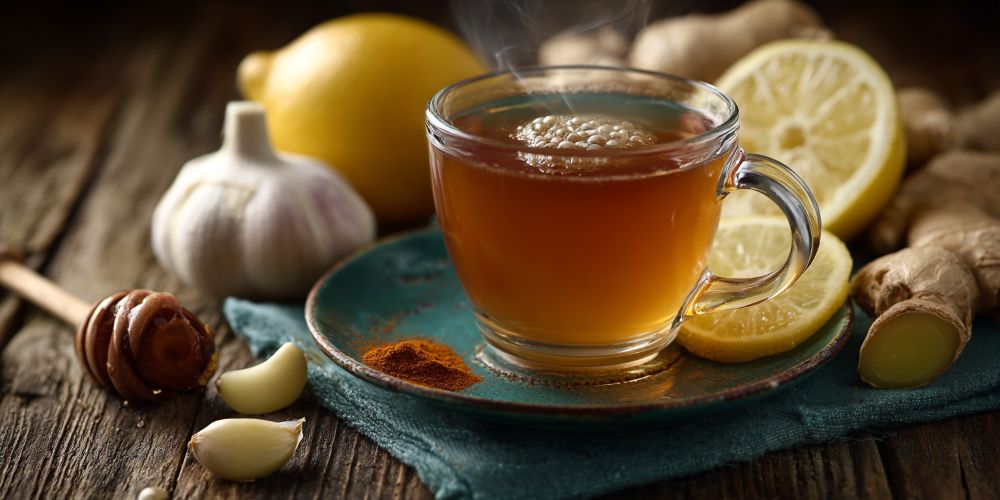
Love ❤️ lemon grass
Me too. I use the essential oil in a roller daily.
Wonderful can’t wait to buy it
I’m wondering if lemongrass would be a good soak bath for my pythons, as they have a bacteria infection in their scales.
Your book,The Lost Herbs,is my Bible, We have helped many friends. Thankyou
Hi Patti,
We are very happy to hear that you find our website and books helpful.
Snakes don’t like the smell of particular plants, including garlic, lemongrass, and marigold. Unfortunately, lemongrass has a powerful smell that can cause uneasiness and disorientation to snakes.
Many blessings and good health!
Dried Lemongrass
https://amzn.to/3HjzJq4
Fresh Lemongrass
https://amzn.to/3ouYtEr
Lemongrass essential oils
https://amzn.to/3rcFY9a
You just reminded me to harvest my lemongrass leaves! We’ll get a hard freeze tonight!
To the best of my knowledge, lemongrass is used extensively in Thai, Indonesian and Vietnamese cuisine. It is also selectively used in Sri Lankan cuisine where it is known as “sera” in the local language.
Will the lemon grass come back after the cold please or it it lost for good. I had a really nice size ne and next time will put it in a moveable container or pot. Ah an old wheel barrow so i can shift it next time
My lemon/fever grass plant did not come back after the cold. This have some in a container pot and will take the pot inside during the cold weather.
Are the seeds edible and if yes, what are some of the ways to make use of them?